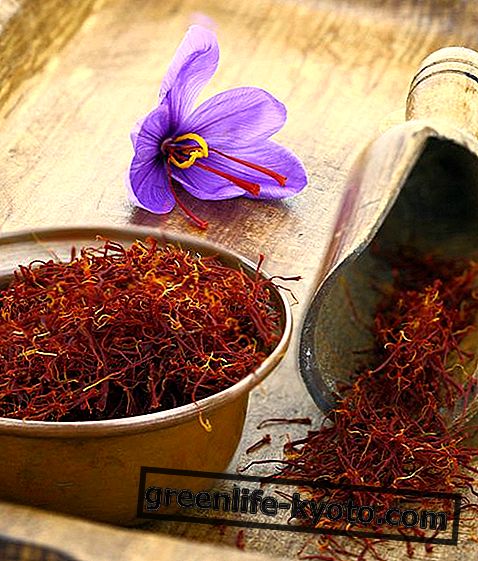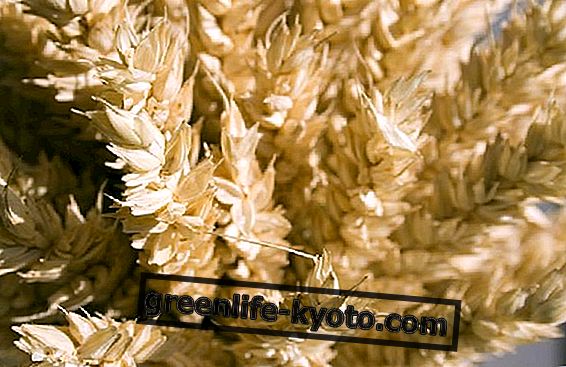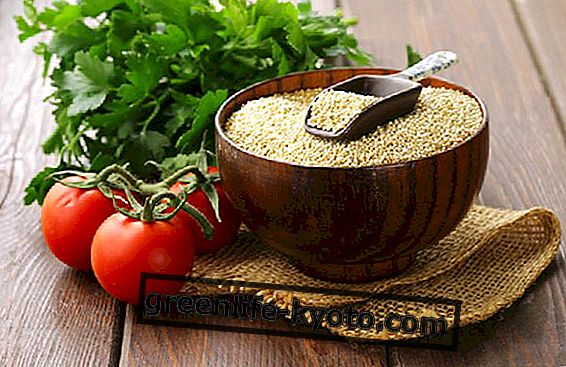The shepherd's purse ( Capsella bursa-pastoris ) is a plant of the Brassicaceae family . In addition to having a hemostatic action, its astringent properties are also useful for circulation and diarrhea. Let's find out better.

Properties of the shepherd's purse
The aerial parts of the shepherd's purse contain flavonoids (rutin, luteolin-7rutinoside), essential oil, alkaloids (burserine), glucosides (bursinic acid) and tannins, which give the plant anti-haemorrhagic, haemostatic and astringent properties.
The active ingredients, in particular bursic acid, present in the phytocomplex all have the property of arresting internal bleeding, in hemoptysis (blood emission from the respiratory tract, usually with a cough), in the case of hematuria (presence of blood in the urine) and metrorrhagia (blood loss from the uterus, independent of menstrual flow). The haemostatic properties of the plant are also used in nasal bleeding (epistaxis), or in those due to hemorrhoids and in the treatment of gingivitis with bleeding.
Furthermore, the plant is able to make the musculature of the uterus contract, regulating the blood flow during menstruation, when it manifests itself excessively abundantly (menorrhagia or hypermenorrhea).
The astringent action of the shepherd's purse is not only useful to the circulatory system, in the treatment of varicose veins and other venous insufficiency disorders, but is indicated for the enteric system, even in the case of diarrhea .
You can investigate all natural remedies for diarrhea

Method of use
INTERNAL USE
INFUSION: 1 tablespoon of shepherd's purse top, 1 cup of water
Pour the plant into the boiling water and turn off the heat. Cover and leave to infuse for 10 min. Filter the infusion and drink 2 cups a day between meals to take advantage of the astringent action.
Mother tincture of shepherd's purse: 30 drops three times a day about ten days before the menstrual cycle. In other cases, variable doses 30-50 drops 2-3 times a day between meals.
Contraindications
Due to its properties, the shepherd's bag is contraindicated during pregnancy and lactation, and in case of low blood pressure. Use is not recommended for subjects who experience hypersensitivity to the component.
Description of the plant
Annual herbaceous plant, sometimes biennial; it has erect stems, up to 80 cm tall, often branched, especially in plants grown in environments rich in nutrients. If it is wrinkled it has a sulphurous smell given by the essential oil. The basal leaves are gathered in a rosette, their petiole is short and have a variable shape; the leaves of the stem are sessile, have sagittate shape and are amplessicauli. The flowers, in large numbers, are inserted on racemes without leaves; the single flowers are very small, they have 4 green sepals and 4 white petals. The fruits are triangular in shape with a wedge-shaped base and a hollow apex reminiscent of shepherds' bags .
The habitat of the shepherd's purse
Widespread throughout almost the world, it is often considered a pest. In Italy it is present throughout the territory, but is scarce in the alpine zone. It adapts to any type of climate and terrain; it grows in vegetable gardens, on uncultivated meadows but also in cultivated ones, at the edge of roads, on walls, in clearings and woods, up to 1800 (maximum 2600) m above sea level
Background
The name of the genus capsella and that specific bursa-pastoris derives from the shape of the fruits of the plant, similar to shepherds' saddlebags and was attributed in 1792 by the German botanist Friedrich Kasimir Medikus (1736-1808).
During the First World War it was flanked by two other medicinal herbs already used for this purpose as hemostatic: ergot and hydraste (Hydrastis canadensis)
In collaboration with Erboristeria del Pigneto













